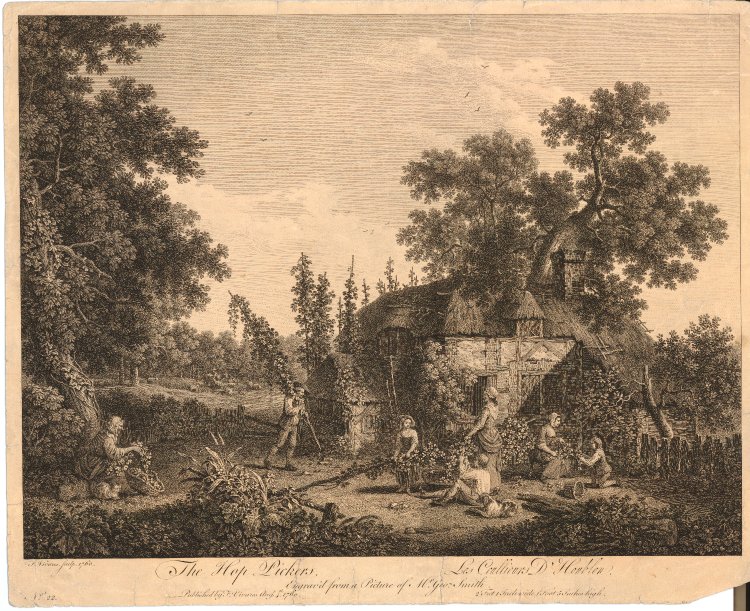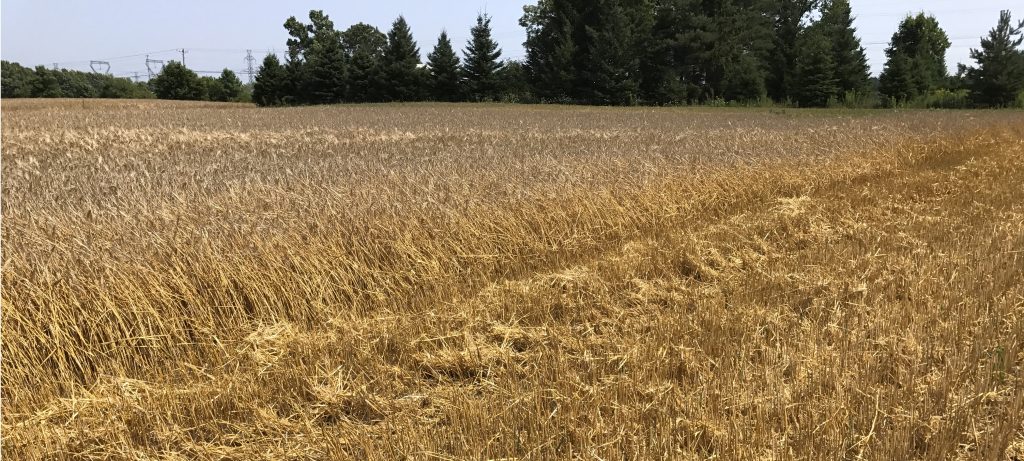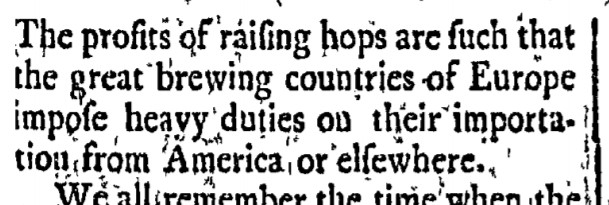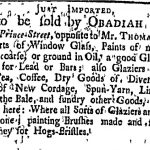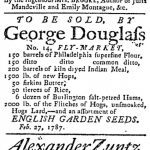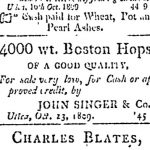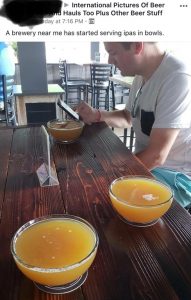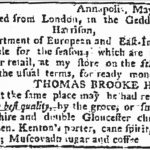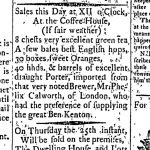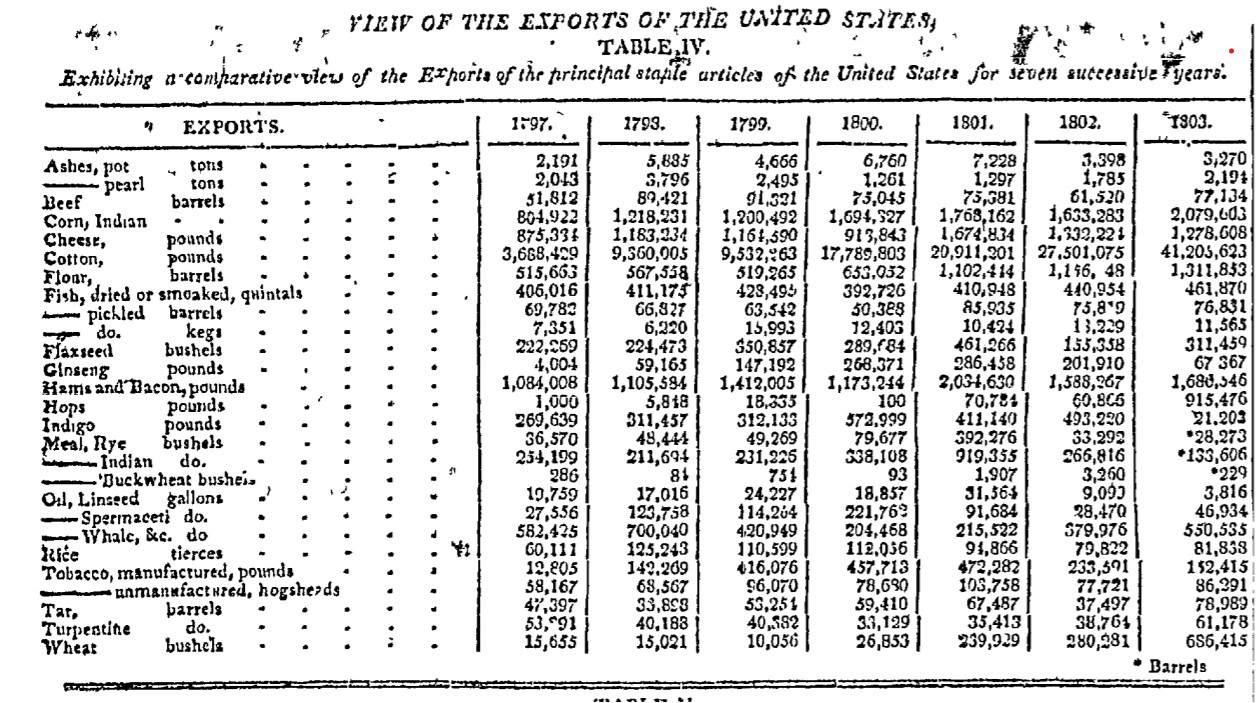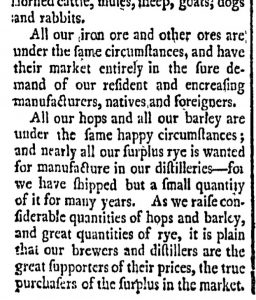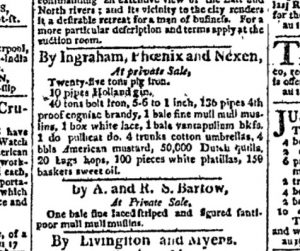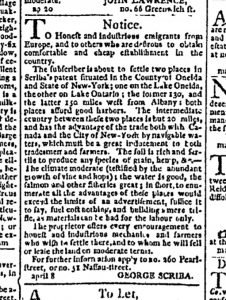That’s a 1760 etching up there, titled “The Hop Pickers” which sits in the British Museum’s collection. Over three years ago, I wrote a post I was rather pleased with on three court rulings related to the English hops trade in the 1700s. In one ruling from 1769, the scale of the trade described was simply astounding, the purchases of one agent just in the Canterbury area totaling around £30,000 in then contemporary money. So, I was happy coming across another ruling from the era based on this rather creative scam allegedly engaged in by one Mr Waddington of Kent which was perpetrated in the spring of 1800 upon the hop trade of Worcestershire:
…on the 29th of March 1800, at Worcester, &c. wickedly intending to enhance the price of hops, did spread divers rumours and reports with respect to hops, by then and there openly and wickedly, in the presence and hearing of divers hop-planters and dealers in hops, and others then being at Worcester, &c. declaring and publishing that the then present stock of hops was nearly exhausted, and that from that time there soon would be a scarcity of hops, and that before the hops then growing could be brought to market, the then present stock of hops would be exhausted; with intent and design by such rumours and reports to induce divers persons unknown then present, being dealers in hops, and accustomed to sell hops, and having large quantities of hops for sale, not to carry or send to any market or fair any hops for sale, and to abstain from selling such hops for a long time, and thereby greatly to enhance the price of hops…
I love old legal report twinnings: “rumours and reports”… “openly and wickedly”… “in the presence and hearing of”! I found the case looking for references to the statutory 9 Ann. c. 12. s. 24. from 1711 which prohibited common brewers from using any other bitter than hops in brewing their beer. Not sure where that particular line of research came from or where it was headed but, again, the scale of hops involved is itself astounding.
While the Waddington ruling is arcane and complex and involves nine separate charges, basically the allegations were that Waddington wanted to trick his competition either into moving away from the market or into selling to him all based on a false rumour that there were shortages of hops which would cause a price rise. Their retreat from the market itself would likely cause a price rise and Waddington would sell into the market and make a bundle. Bad bad man, Mr. Waddington. The scale of the operation was quite ambitious as he cornered the market and controlled 500 tons of hops – or 10,000 cwt sacks of hops.* By doing so, is was argued, he sought to turn the £11 pound sack of hop into a £20 one.
The interesting thing is how the court struggles to figure out if the actions were actually actionable – as the rumours were required to be false for them to be criminal. But the rumour, in fact, had the intended effect and the prices did rise. So it was not false. The prosecutors did not buy that shell game and argued that there was a difference in buying in bulk and cornering the market:
It is clear from the opinion of Lord Coke in 3 Inst. 195. and from all other general writers, that forestalling, engrossing, and regrating, were crimes at common law…
[So, just to be clear, none of that forestalling, engrossing, and regrating anymore, thanks very much.] The case goes on to describe the hop market in a fair bit of detail in order to establish whether Waddington had wickedly perverted it or just had cleverly played within it. Cut to the chase:
Lord Kenyon, C. J. reported the evidence given at the trial, which in his judgment was sufficient to go to the jury upon all the counts; and that they found a general verdict against the defendant. The principal part of the evidence related to the forehand bargains made by the defendant with different planters for their growing crop of hops; a practice however which appeared to have prevailed for a considerable period of time in Kent, and without which some of the witnesses stated that in their judgment the cultivation of this plant, the expense of which was exceedingly heavy, could not be generally carried on. There was also evidence of the defendant’s having bought up very large quantities of the commodity to an unusual amount, and by making unusual advances of money; and that he had held out language of inducement to other persons dealing in the same article to withhold their stock from the market with a view to a rise in the price.
So, it seems to boil down to Waddington, an established merchant, introducing the Kentish practice of paying farmers in spring to buy hop futures into another part of England where the practice was unknown. Or at least this was what the defendant’s lawyers argued. The sentencing judge was not moved. Despite that practice, it was held that creating an “artificial scarcity” was still an offence.
During the Georgian period when protection of market supply of necessaries was giving way to the more rapacious Dickensian cult of market opportunity, interesting that in 1800 this was still earning criminal conviction. Waddington was fined 500 pounds and got one month in jail. Interesting that the fine represented less than 1% of the value of the hops he ended up controlling. His 500 tons even at the original market price of £11 a cwt sack was worth a total of £110,000 in contemporary money.* A sum many times that in our money.
Wow. So, there you go. Another step forward in the law of hops.
*Math corrected subsequent to Martyn’s stern and warranted correction.

